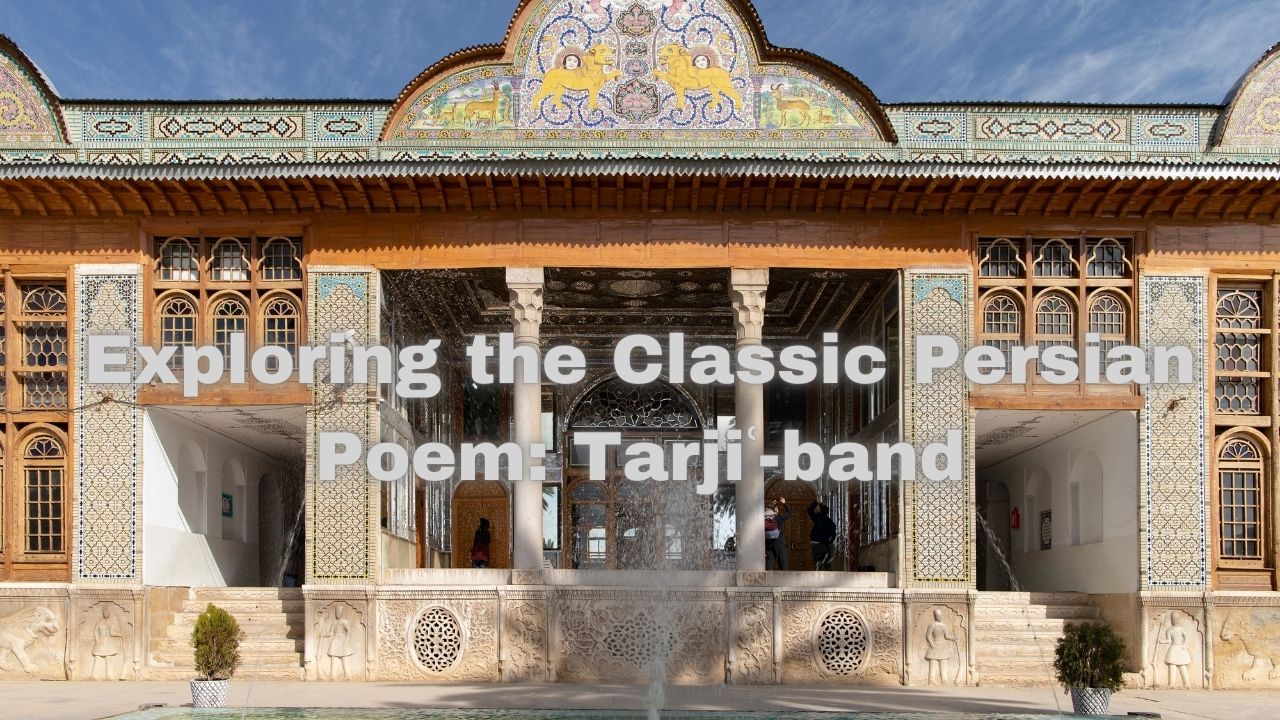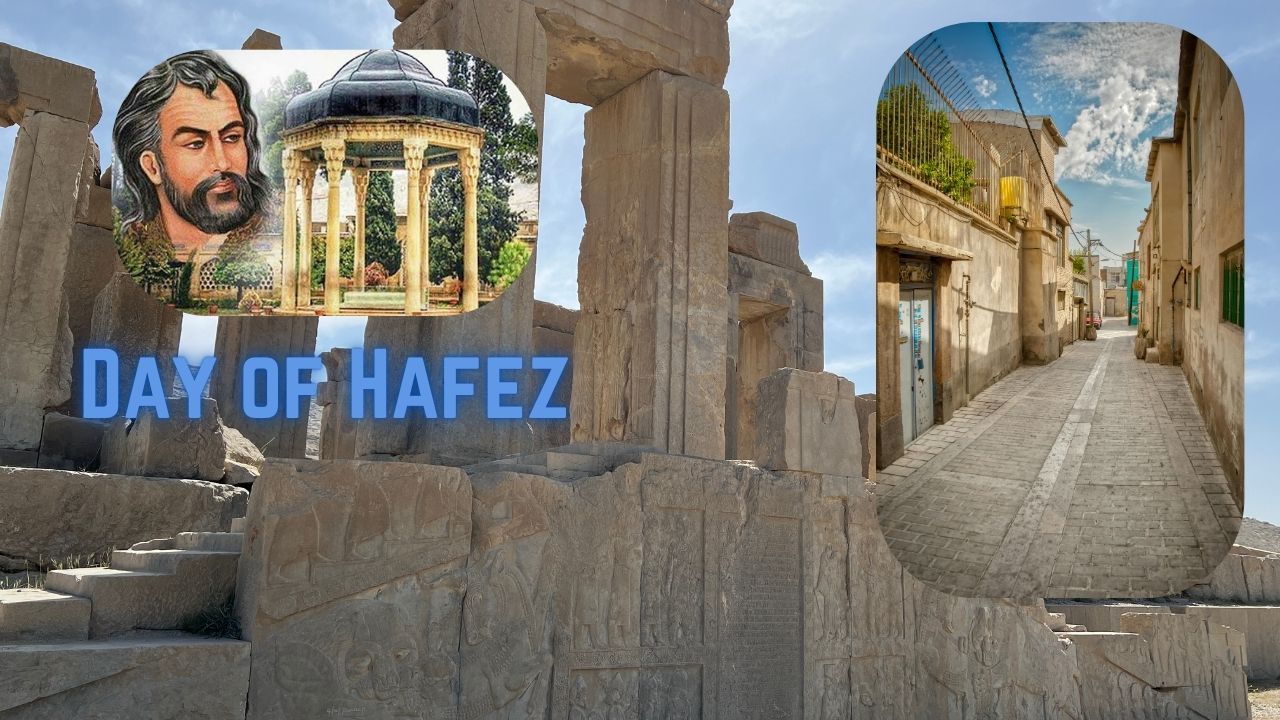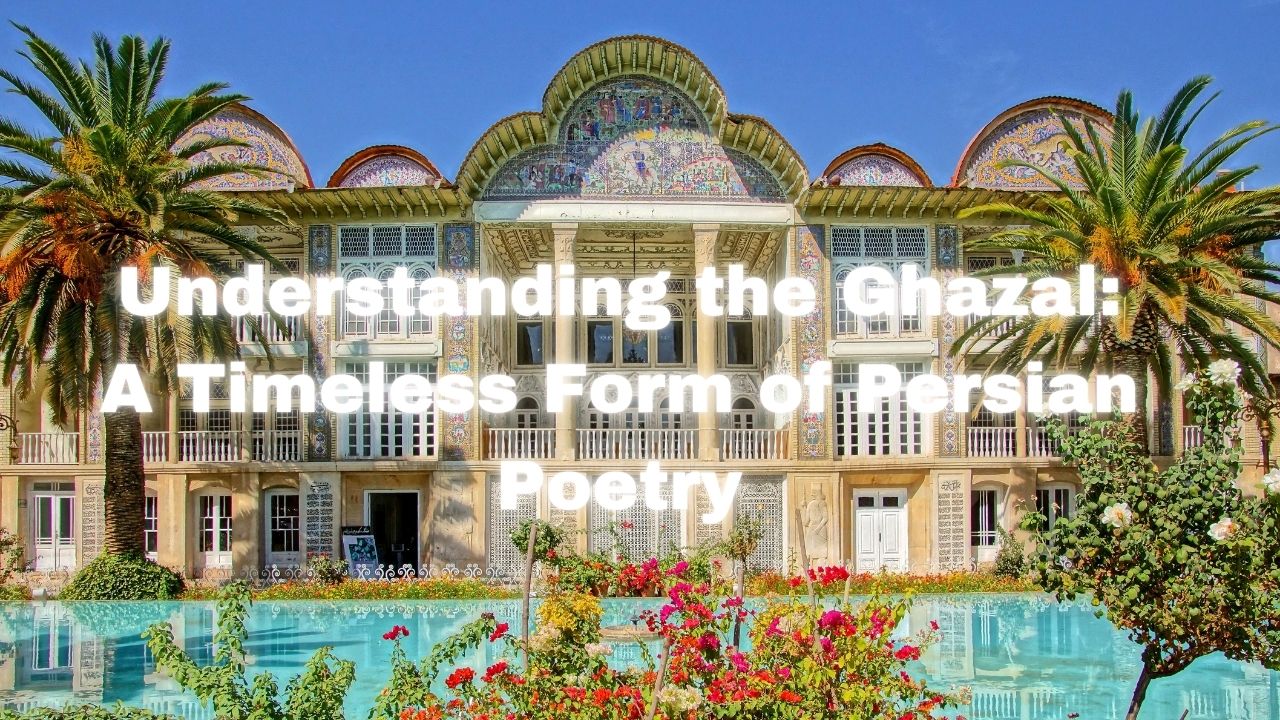The Structure and Elegance of the Tarjiʿ-band in Persian Poetry
Persian literature is renowned for its rich tradition of poetic forms, with styles that have captivated audiences for centuries. Among these forms, the Tarjiʿ-band stands out as a unique and elegant structure that has been used by many master poets of classical Persian poetry. This distinctive style, known for its lyrical beauty and complex structure, adds depth to the themes it explores, whether they are love, spirituality, or philosophical reflections.
In this blog post, we will explore what makes the Tarjiʿ-band such a significant form in Persian literature, how it is structured, and why it has endured through the centuries.
What is the Tarjiʿ-band?
The Tarjiʿ-band (ترجیعبند) is a form of Persian poetry that consists of a series of stanzas, each of which ends with a refrain—a repeating verse that connects the stanzas to one another. The name "Tarjiʿ-band" literally means "returning band," referring to the repeating verse or chorus that comes back after each stanza, much like a musical refrain.
The form allows for variation within the individual stanzas while maintaining unity through the repetition of the refrain. The repeated line often acts as an anchor, tying together the ideas or emotions expressed in each stanza, giving the poem a rhythmic and thematic cohesion.
Structure of the Tarjiʿ-band
The structure of a Tarjiʿ-band typically follows these characteristics:
-
Multiple Stanzas: The poem is divided into several stanzas, each with its own distinct meter and rhyme scheme. The stanzas are usually quite long, allowing the poet to fully develop a theme or emotion before moving to the next one.
-
Refrain: At the end of each stanza, a repeating line or group of lines—known as the refrain—serves as a unifying element. This refrain may either repeat verbatim or with slight variation, but its recurrence is central to the poem’s structure.
-
Thematic Variety: While the refrain ties the poem together, each stanza can explore a different aspect of the overall theme, offering diverse perspectives or reflections on a central topic.
-
Rhyme and Meter: Like much of classical Persian poetry, the Tarjiʿ-band adheres to strict rhyme and meter, which adds to the musicality of the form. Each stanza typically has a consistent rhyme scheme, and the rhythm complements the emotional or thematic flow of the poem.
Themes in Tarjiʿ-band Poetry
The Tarjiʿ-band has been employed by many prominent Persian poets, including Saadi, Hafez, Jami, and Obeid Zakani. These poets have used the form to explore a wide range of themes, including:
-
Love: Like much of Persian poetry, the Tarjiʿ-band often delves into themes of love—both earthly and divine. The refrain can evoke the repetitive longing or the constant return to the beloved, making it an ideal form for expressing the cycles of love and desire.
-
Mysticism and Spirituality: Persian Sufi poets, such as Hafez, have used the Tarjiʿ-band to express mystical themes. The returning refrain can symbolize the eternal return to the divine, the cyclical nature of spiritual experience, or the soul’s journey toward union with God.
-
Philosophical Reflections: The Tarjiʿ-band also lends itself well to philosophical musings, with each stanza exploring a different facet of a complex idea, and the refrain offering a moment of contemplation or synthesis.
-
Social Commentary: Some poets have employed the form to critique the social or political situations of their time, using the refrain to drive home a central point or theme that recurs throughout the poem.
Famous Examples of Tarjiʿ-band Poetry
While many poets have contributed to the Tarjiʿ-band tradition, one of the most famous examples is by Saadi, the classical Persian poet known for his wisdom and humanism. In Saadi’s Tarjiʿ-band, the poet reflects on themes of humility, human mortality, and the transient nature of worldly achievements. The refrain, repeated throughout the poem, emphasizes the inevitability of death and the importance of living a life of virtue.
Another notable example comes from Jami, a poet of the Timurid period who was known for his deep spirituality. In his Tarjiʿ-band, Jami explores the themes of divine love and the longing for the beloved (a metaphor for God). The refrain in his poem often calls the reader back to the idea of divine presence, reinforcing the mystical journey toward God.
Why Has the Tarjiʿ-band Endured?
The Tarjiʿ-band has endured in Persian literature because of its versatility and depth. Its structure allows poets to explore complex themes in a way that feels both dynamic and unified. The refrain gives the poem a rhythmic and musical quality, making it memorable and engaging for readers and listeners alike. Moreover, the balance between variety in the stanzas and the repetition of the refrain reflects the balance of opposites often found in Persian poetry: joy and sorrow, presence and absence, love and loss.
This form has also resonated with audiences because it mirrors aspects of human experience—particularly the cyclical nature of life and emotions. Whether in love, spirituality, or philosophy, the repeated refrain reflects the way certain truths or emotions return to us again and again, shaping our understanding of the world.
Conclusion: The Tarjiʿ-band, a Timeless Form
The Tarjiʿ-band is a testament to the richness of Persian poetry, offering a form that combines lyrical beauty, thematic complexity, and structural elegance. With its repeating refrain and varied stanzas, the Tarjiʿ-band allows poets to explore a wide range of emotions and ideas while maintaining a sense of unity and coherence.
For readers today, the Tarjiʿ-band serves as a window into the poetic traditions of Persia, revealing the timeless concerns of love, spirituality, and philosophy that continue to resonate across cultures and eras.
If you’ve never encountered a Tarjiʿ-band before, today is the perfect opportunity to explore this classic form of Persian poetry. By reading works from poets like Saadi, Hafez, and Jami, you can experience the beauty and depth of the Tarjiʿ-band firsthand, and perhaps find your own connection to its timeless themes.





